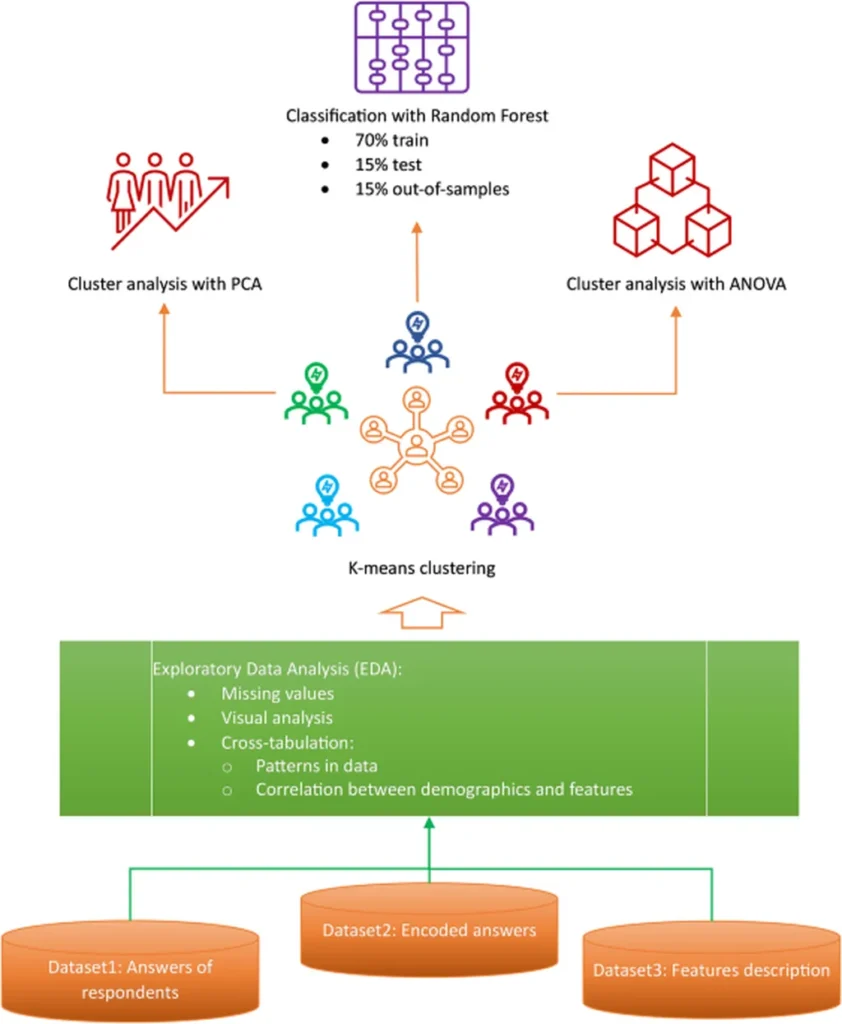In the dynamic world of construction and transport infrastructure management, understanding the balance—or imbalance—of a business can mean the difference between profit and loss. A recent study published in the Romanian Journal of Transport Infrastructure, translated as the English language Romanian Journal of Transport Infrastructure, offers a fresh perspective on how managers can visualize and address these imbalances. The research, led by Marian-Valentin Popescu, a Ph.D. lecturer at the Technical University of Civil Engineering of Bucharest, introduces two innovative visualization methods that could revolutionize how businesses in the energy sector and beyond assess their performance.
Popescu’s research builds on previous methodologies, focusing on the practical application of integrated management analysis. The goal is straightforward: to help managers identify when a system is balanced and, crucially, to find solutions to balance it. “The first method, the cardinal model, is inspired by the four cardinal points used for terrestrial orientation,” Popescu explains. “It provides a clear, intuitive way to understand the orientation of the business and the scale of existing resources.” This model serves as a compass, guiding managers through the complexities of resource allocation and business strategy.
The second method, the territorial model, takes a different approach. “A manager is a leader who wants to cover or conquer new territories,” Popescu says. “These territories can be internal or external to the company.” This model helps managers visualize their business’s expansion and resource utilization, providing a strategic roadmap for growth and productivity.
The implications for the energy sector are significant. Energy projects often involve massive investments and complex logistics. By using these visualization methods, managers can better assess the balance of their operations, identify areas for improvement, and implement measures to increase productivity and profitability. “The proposed solutions are simple and effective, appealing to a wide range of users,” Popescu notes. This simplicity is key, as it allows for broad adoption across different types of businesses and industries.
The research published in the Romanian Journal of Transport Infrastructure represents a fundamental advancement in management analysis methodology. By introducing these new visualization techniques, Popescu and his team have provided a valuable tool for managers in the construction and transport infrastructure sectors. As the energy sector continues to evolve, these methods could play a crucial role in shaping future developments, helping businesses navigate the complexities of modern operations and achieve sustainable growth.
In a field where clarity and strategic insight are paramount, Popescu’s research offers a beacon of innovation. By providing managers with the tools to visualize and address business imbalances, this study could pave the way for more efficient, profitable, and sustainable operations in the energy sector and beyond.

